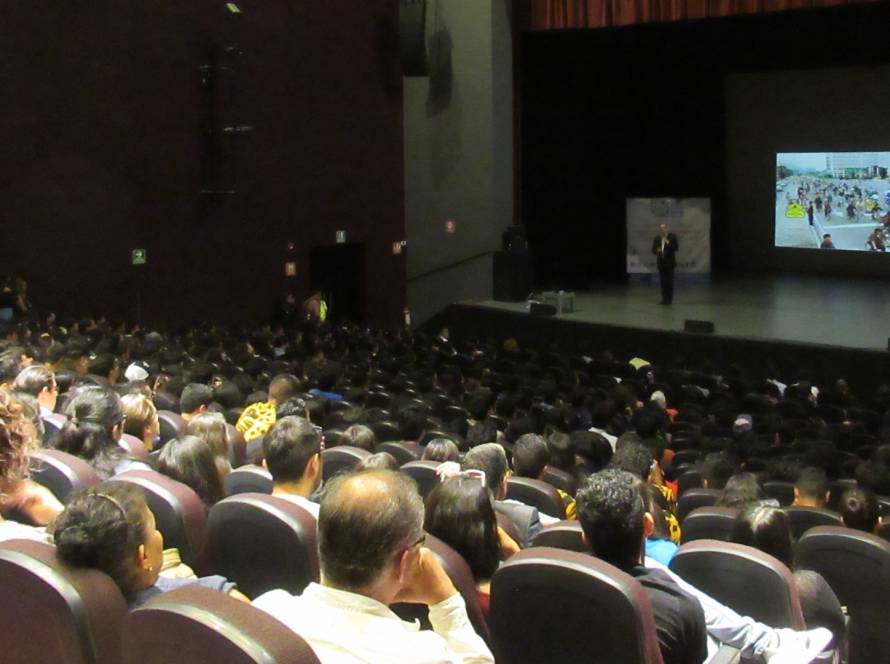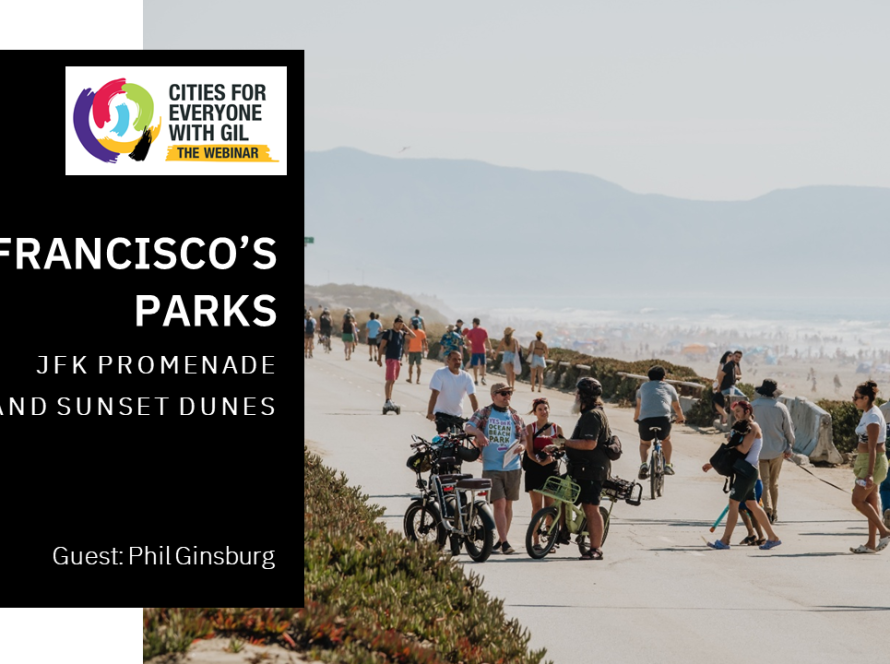Key Takeaways
- The 15-minute (or 30-minute) City isn’t just about distance. It redefines quality of life via green, complete, socially rich, mixed-use neighbourhoods.
- Beyond spatial distance, implement social, cultural, cognitive, emotional, and digital proximities to weave a dense network of services and interactions.
- Success hinges on transforming governance (new local mandates, participatory budgets, subsidiary agencies) and economies (local commerce support, social-housing integration).
Summary
- In the context of a city, neighbourhoods are networks to be discovered. Proximities:
- Develop a decentralized network of 6 essential urban functions—Live, Work, Supply, Care, Learn, Enjoy—within a 15-minute commute.
- Prioritize green, complete, inclusive neighbourhoods that balance environmental resilience with social well-being.
- ‘15-minute city’ is a new vision for developing a polycentric territory offering a lot of different services accessed by decarbonized mobility, i.e., access to places on foot or by bike within a short perimeter.
- The 15-minute and 30-minute city concepts are focused on creating liveable cities by prioritizing ‘humanization of cities’. The pillars:
- Chrono-urbanism – a new rhythm of the city for fighting against a long commute;
- Chronotopia – developing multi-purpose functions per square meter;
- Topophilia – developing a new urban culture for loving places and streets in the city.
- Governance Innovations:
- Paris: In 2023, Paris created a new urban master bio-climate plan. The two axes included:
- Local governance – acting at the neighbourhood level by breaking the vertical governance and establishing local governance of the community through public policies
- Hyperlocal services – schools as climate-resilient “oasis,” school-streets, participatory budget, and a city-owned subsidiary to lease local shops below market rents.
- Buenos Aires, Chengdu, Zurich, Tunis, Pleszwe: Code revisions, referenda, and master plans formally embedding 15-minute City principles.
- Paris: In 2023, Paris created a new urban master bio-climate plan. The two axes included:
- In the context of a city, neighbourhoods are networks to be discovered. Proximities:
How can Cities apply these learnings?
- Lease city-owned commercial spaces at below-market rates; incentivize ‘micro-retail’ incubators in high-rent districts.
- Repurpose schoolyards as climate-resilient oases (green gyms); pedestrianize school perimeters; expand bike lanes on main streets.
- Retrofit facilities for Living, Working, Supplying, Caring, Learning, Enjoying within short radii; pilot in 1–3 precincts first.
Interesting resources
- Phasing Out Cars Key To Paris Mayor’s Plans For 15-Minute City – by Forbes. https://www.moreno-web.net/phasing-out-cars-key-to-paris-mayors-plans-for-15-minute-city-forbes-21-janvier-2020/
- Global Observatory of Sustainable Proximities – by Chaire ETI at the IAE Paris Sorbonne Business School, UN-Habitat, UCLG and C40 Cities. https://www.c40knowledgehub.org/s/sustainableproximities?language=en_US
Ideas for further reading and research
- Envisaging the Future of Cities: World Cities Report 2022 – by UN-Habitat. https://unhabitat.org/sites/default/files/2022/06/wcr_2022.pdf
- Teixeira, J. F., Silva, C., Seisenberger, S., Büttner, B., McCormick, B., Papa, E., & Cao, M. (2024). Classifying 15-minute Cities: A review of worldwide practices.



